
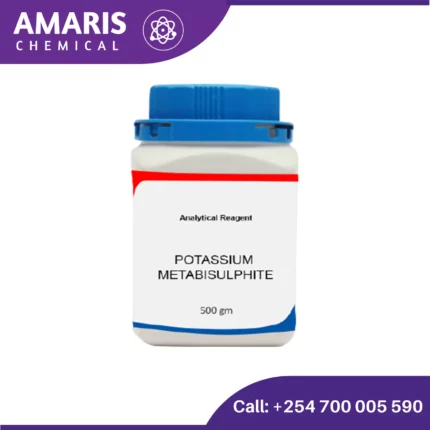
Potassium Dihydrogen Phosphate 500gm
KSh1,125.00 Original price was: KSh1,125.00.KSh950.00Current price is: KSh950.00.
Potassium dihydrogen phosphate (KH₂PO₄) is a chemical compound often referred to as KDP. It is a water-soluble crystalline substance that is commonly used in analytical chemistry, as a buffering agent in biological and biochemical research, and in the formulation of fertilizers. Here are some key points about potassium dihydrogen phosphate:
- Chemical Formula: The formula KH₂PO₄ indicates that it contains one potassium ion (K⁺), one hydrogen ion (H⁺), one phosphate ion (PO₄³⁻), and two hydrogen atoms.
- Physical Properties:
- KH₂PO₄ is a colorless or white crystalline powder.
- It is highly soluble in water, which makes it useful in aqueous solutions.
Uses of Potassium Dihydrogen Phosphate
Buffering Agent:
One of the primary uses of KH₂PO₄ in laboratories is as a buffering agent. It helps maintain a stable pH in aqueous solutions, especially in the pH range of around 4.0 to 7.0. This makes it valuable in various biochemical and biological applications where maintaining a specific pH is crucial for enzymatic reactions, cell culture media, and other experimental setups.
Standardization and Calibration:
KH₂PO₄ is used as a standard substance in analytical chemistry for preparing standard solutions and calibrating pH meters and other analytical instruments. Its pH is well-defined and stable, making it ideal for this purpose.
Electrolyte Solution:
In electrochemistry and analytical chemistry, KH₂PO₄ can be used as an electrolyte solution, particularly in applications involving phosphate buffers or when a potassium ion source is required.
Crystallization:
KH₂PO₄ is also used in the crystallization of biological molecules and in the preparation of protein crystallization buffers. Its solubility characteristics and pH stability make it suitable for these applications.
Chemical Synthesis:
It is occasionally used as a reagent or reactant in chemical synthesis processes where its properties can influence reaction conditions or product characteristics.
Quality Control:
Laboratories use KH₂PO₄ to prepare control solutions for quality control purposes, ensuring consistency and accuracy in experimental results.
Educational Demonstrations:
Due to its clear and well-documented properties, KH₂PO₄ is often used in educational laboratories for demonstrations and experiments related to buffer solutions, pH measurement, and basic chemical principles.
Related products
Acetaldehyde
- Chemical Structure: Acetaldehyde consists of two carbon atoms, one oxygen atom, and four hydrogen atoms. Its structure is CH3CHO, where the carbon atom in the middle is doubly bonded to an oxygen atom and singly bonded to a hydrogen atom and a methyl group (CH3).
- Occurrence: Acetaldehyde can be found naturally in various ripe fruits, coffee, and heated milk. It is also produced by the oxidation of ethanol (alcohol) by enzymes in the liver and other tissues in humans, making it an intermediate product in alcohol metabolism.
Aluminum Nitrate 500gm
Aluminum Oxide 500 grams
Ammonia Acetate
Properties
- Chemical Formula: NH4C2H3O2
- Molecular Weight: 77.08 g/mol
- Appearance: White, crystalline solid
- Solubility: Highly soluble in water
- Melting Point: Decomposes upon heating


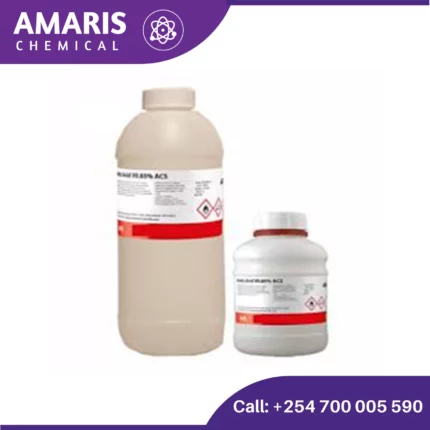
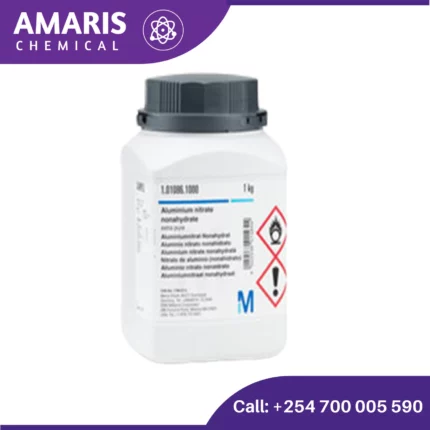
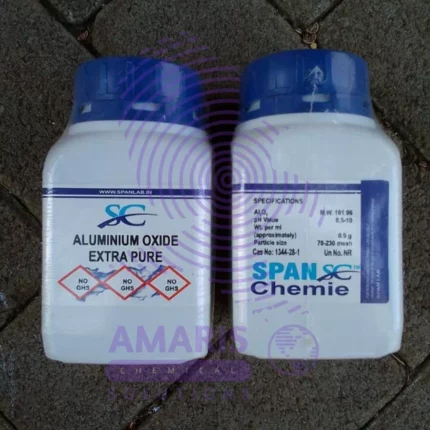
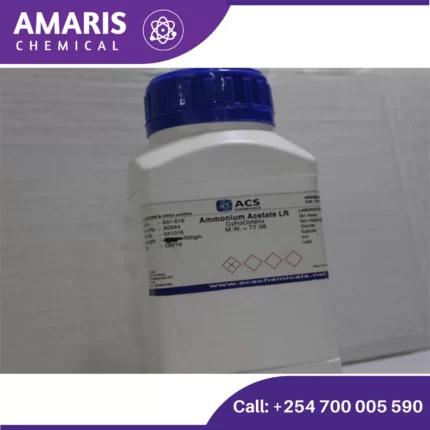
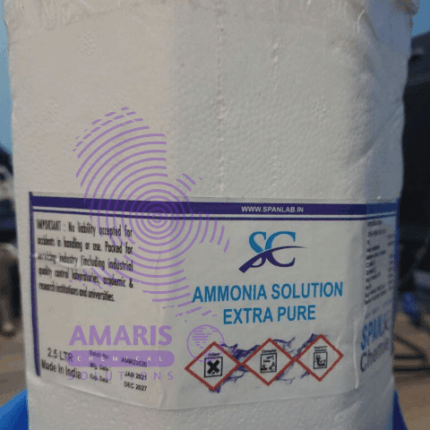
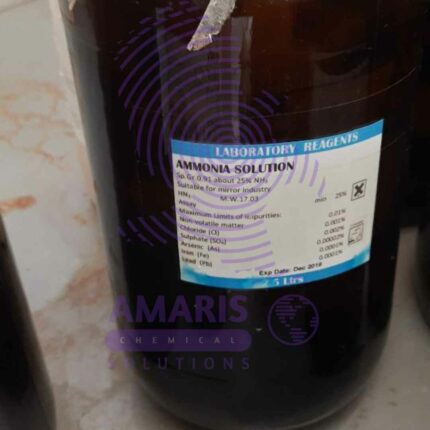



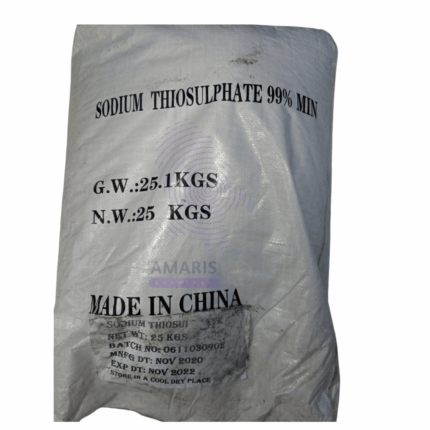






Reviews
There are no reviews yet.